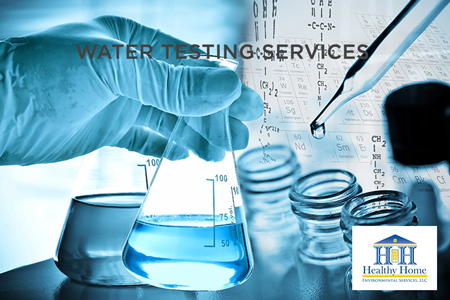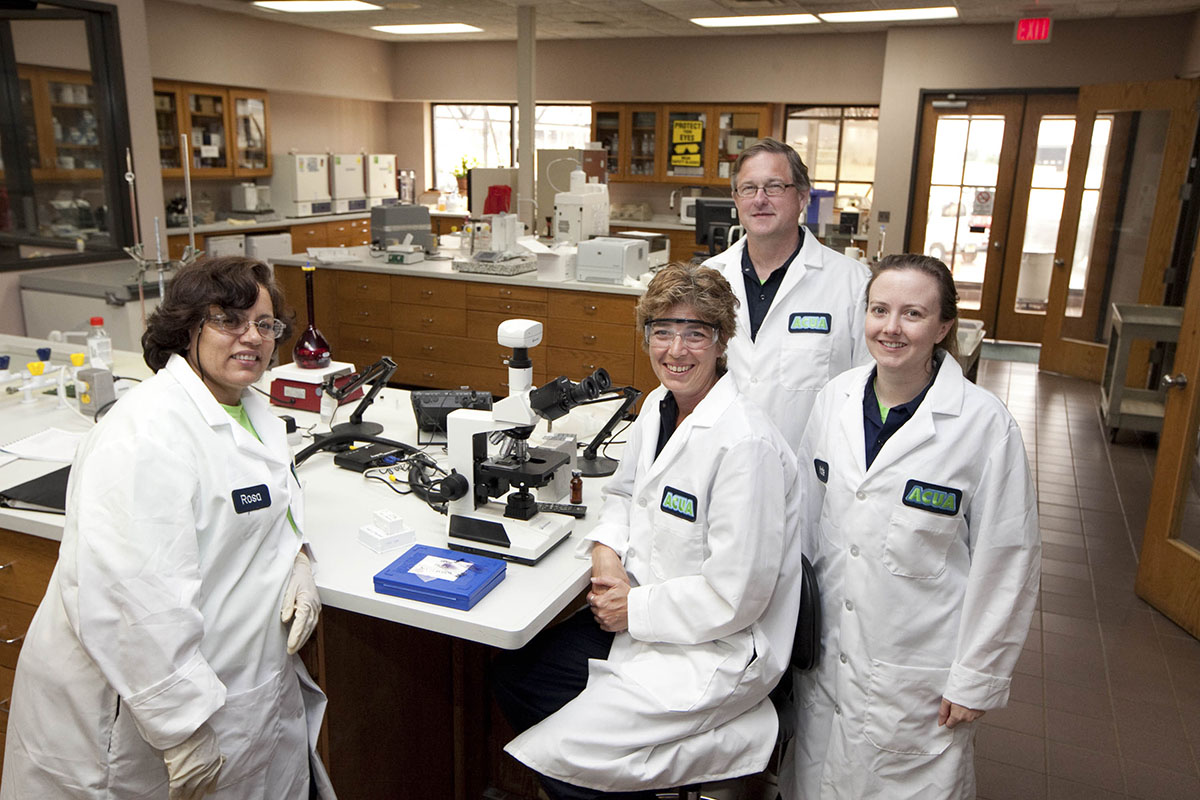Discover What Is Consisted Of in Water Examining and Just How It Makes Sure Safe Alcohol Consumption Water
Understanding the details of water screening is critical in ensuring the top quality and safety and security of our drinking water. Through a thorough assessment of physical, chemical, and microbiological aspects, water screening determines possible contaminants that could posture health threats.
Key Elements of Water Testing
Water screening is a vital procedure that entails numerous essential parts to guarantee the security and top quality of alcohol consumption water. In addition, making sure the pH equilibrium of water is essential, as it affects the water's corrosiveness and the efficacy of sanitation procedures.
Another considerable component includes microbiological analysis, where water samples are analyzed for the visibility of microbes such as bacteria, infections, and protozoa. If eaten, this evaluation is essential to recognize organic hazards that could position health and wellness dangers. Moreover, chemical analyses are carried out to spot not natural and natural materials, such as hefty steels, nitrates, and pesticides, that could be existing in the water supply.

Detecting Harmful Impurities
Detecting unsafe pollutants in alcohol consumption water is an essential facet of securing public wellness. This process involves determining possible risks that can jeopardize the top quality and security of water products. Contaminants can range from bacteria such as bacteria, infections, and protozoa, to not natural compounds like lead, arsenic, and nitrates, in addition to natural pollutants including chemicals and commercial chemicals. Each sort of pollutant postures distinct health and wellness threats, making their detection essential to make certain the water consumed by the public is risk-free.
Water screening for impurities is generally conducted by regulative companies and water energies, utilizing a mix of field sampling and laboratory analysis. These analyses are designed to spot both naturally happening substances and anthropogenic toxins that might have gotten in the supply of water with agricultural overflow, commercial discharge, or maturing framework. Normal tracking is vital, as contamination levels can fluctuate because of ecological adjustments, seasonal variants, or human activities.
The identification of hazardous contaminants informs essential activities, such as water therapy interventions or public advisories, to minimize threats. Early discovery is important to avoid unfavorable wellness results, ranging from intestinal diseases to long-term problems like cancer, thereby making certain the proceeded security of drinking water.

Chemical Analysis Techniques
In the world of ensuring risk-free alcohol consumption water, chemical evaluation techniques play an essential duty in determining and evaluating contaminants. These techniques are essential for finding a vast array of chemical compounds, including heavy steels, pesticides, and industrial toxins, which can pose significant wellness dangers.
Gas chromatography-mass spectrometry (GC-MS) is an additional essential strategy, particularly for organic compounds. It divides intricate mixtures and recognizes semi-volatile and unstable natural substances, guaranteeing that toxins like benzene and toluene are within secure restrictions. High-performance fluid chromatography (HPLC) is likewise used for non-volatile compounds, consisting of specific pesticides and drugs.
Ion chromatography is used to establish focus of cations and anions, such as nitrates and sulfates, which are crucial in analyzing water quality. These chemical analysis techniques collectively guarantee that drinking water continues to be secure by identifying variances from established purity standards, thereby guarding public wellness. Ensuring accuracy and precision in these tests is paramount to keeping the stability of water safety evaluations.
Microbiological Checking Approaches
Precise microbiological testing is crucial for guarding public health and wellness by ensuring that alcohol consumption water is devoid of damaging pathogens. This process includes spotting and enumerating bacteria such as germs, viruses, and protozoa that might contaminate water products. Typical virus include Escherichia coli, Giardia, and Cryptosporidium, each posturing considerable wellness dangers.
Numerous approaches are utilized in microbiological screening to identify these dangers. The membrane filtering strategy is frequently made use of, involving water going through a filter that captures germs, which are then cultured to identify their visibility and concentration. Additionally, the multiple-tube fermentation method allows the metrology of coliform bacteria utilizing a series of dilution and incubation steps.
Improvements in modern technology have actually presented molecular methods such as polymerase domino effect (PCR), which permits the rapid and very details detection of virus by enhancing their hereditary material. Enzyme-linked immunosorbent assays (ELISA) also provide a method to find microorganisms by determining details healthy proteins or antigens.
These differed methods are necessary for comprehensive water top quality analysis, ensuring that water treatment processes are efficient and that distribution systems preserve security. By using these microbiological testing methods, prospective carcinogen can be identified and alleviated immediately.

Significance for Public Health
Ensuring the microbiological safety of alcohol consumption water straight impacts public health by preventing the spread of waterborne conditions. Virus such as germs, infections, and protozoa can cause health problems like cholera, dysentery, and gastrointestinal infections (Water Testing Service). The application of thorough water testing protocols is paramount in determining and alleviating these threats, hence guarding areas from possible break outs
Regular water testing not just detects microbial pollutants yet additionally examines chemical and physical specifications that might affect health. As an example, extreme degrees of nitrates or heavy steels such as lead can pose severe health threats, particularly to at risk populaces like infants and expecting ladies. By recognizing these risks early, water screening allows timely treatments, ensuring the water stays within safe intake standards.
Furthermore, water testing plays a critical role in maintaining public self-confidence in metropolitan water systems. For policy makers and wellness officials, the information acquired from water testing educates decisions on framework financial investments and public wellness approaches, making certain sources are guided where they are most needed.
Conclusion
Water screening offers as a crucial device for making sure the security and high quality of alcohol consumption water with thorough assessment of its physical, chemical, and microbiological properties. By identifying unsafe pollutants, such as heavy steels and pesticides, and utilizing innovative methods like chromatography and spectrometry, water screening assists in the identification of possible wellness threats. The execution of strenuous screening procedures is vital for keeping compliance with safety criteria, inevitably protecting public health and enhancing self-confidence in local water systems.

By recognizing these hazards early, Water Tesing Services Orlando water screening makes it possible for timely interventions, making certain the water supply stays within safe usage requirements.
Water screening serves as a necessary mechanism for guaranteeing the security and top quality of alcohol consumption water with comprehensive examination of its physical, chemical, and microbiological homes.